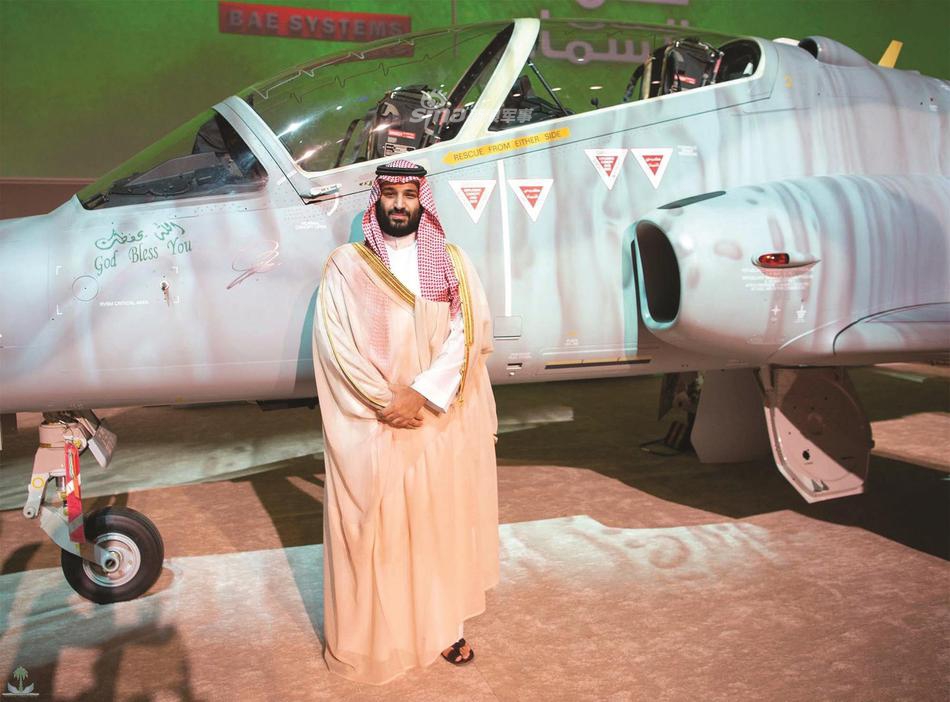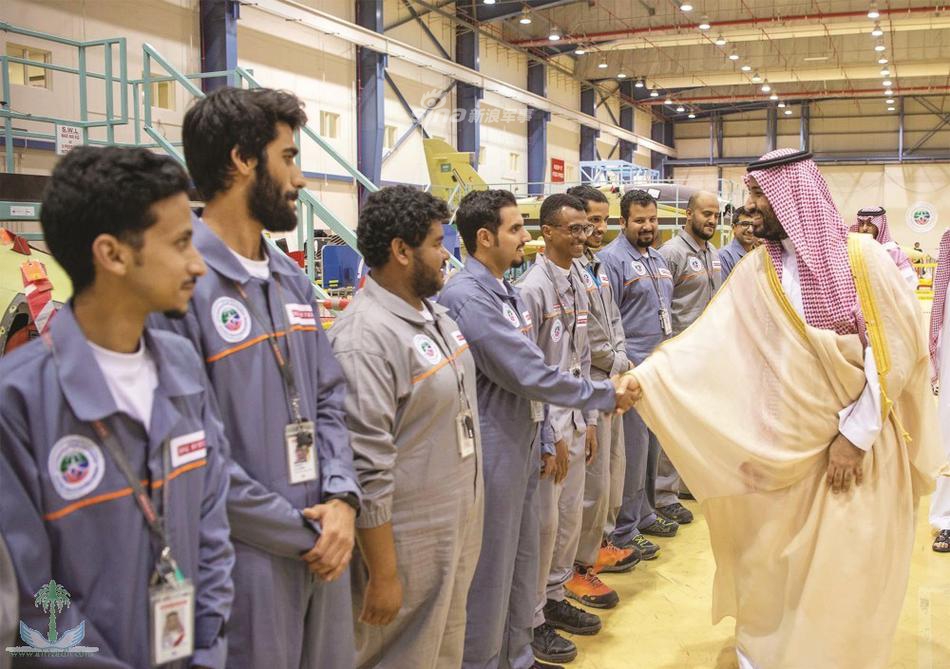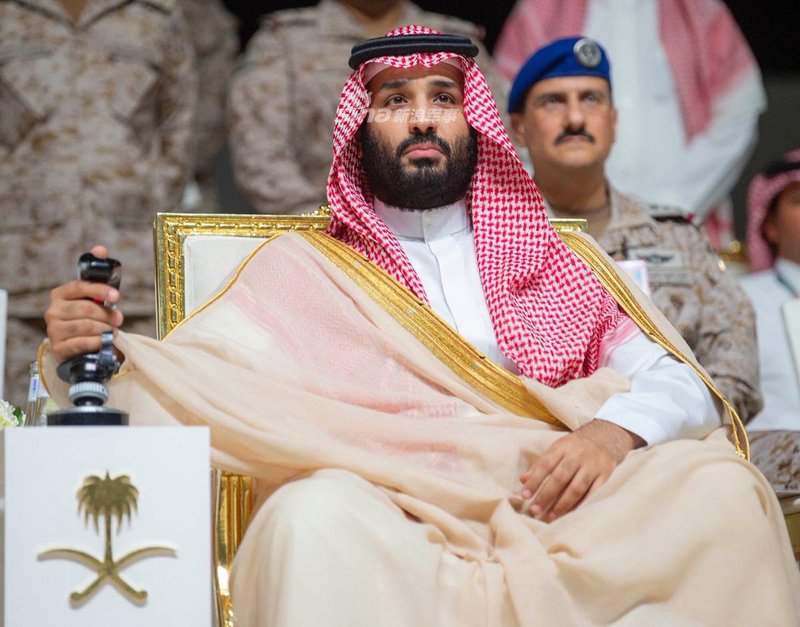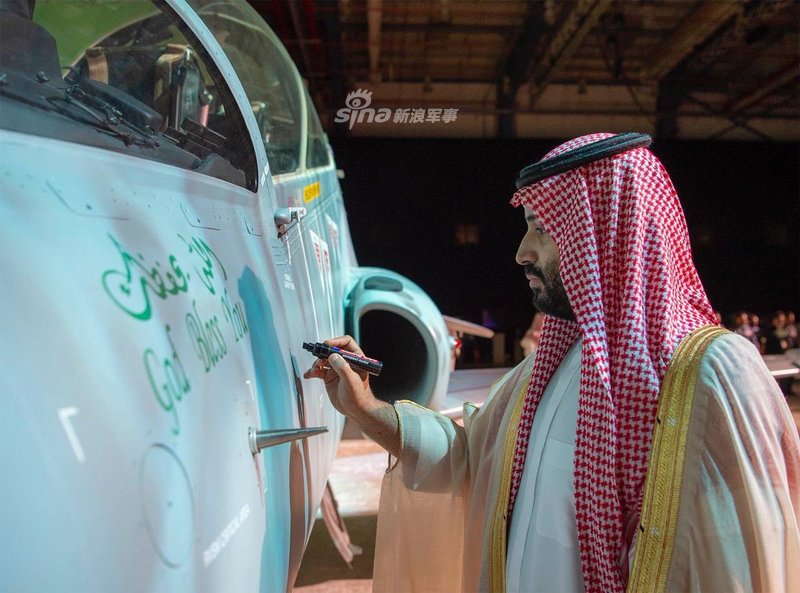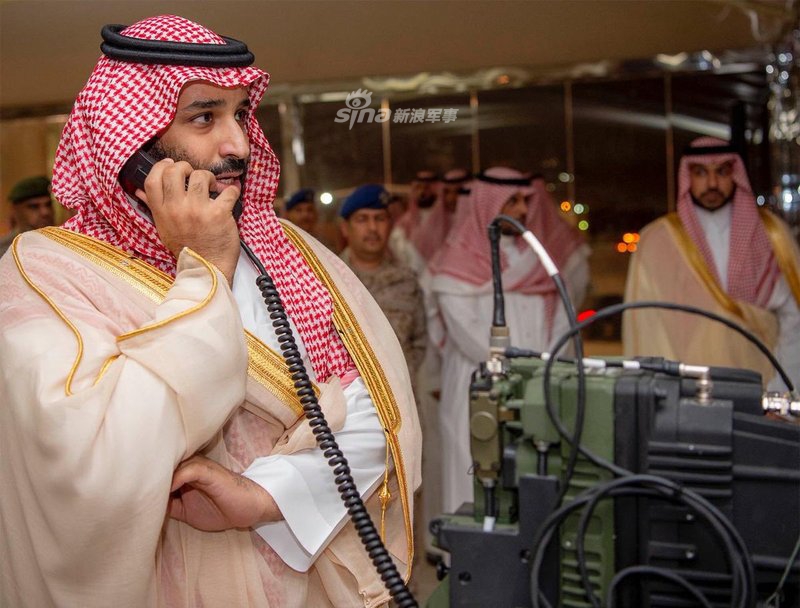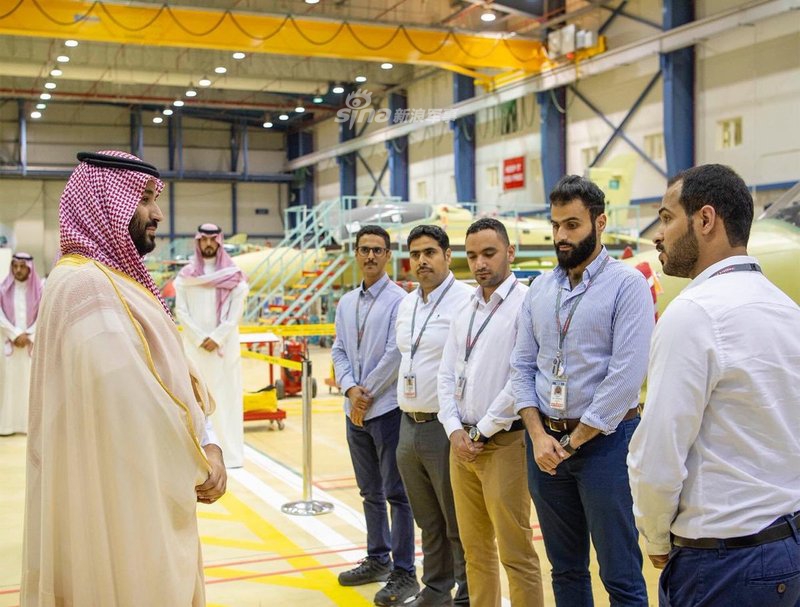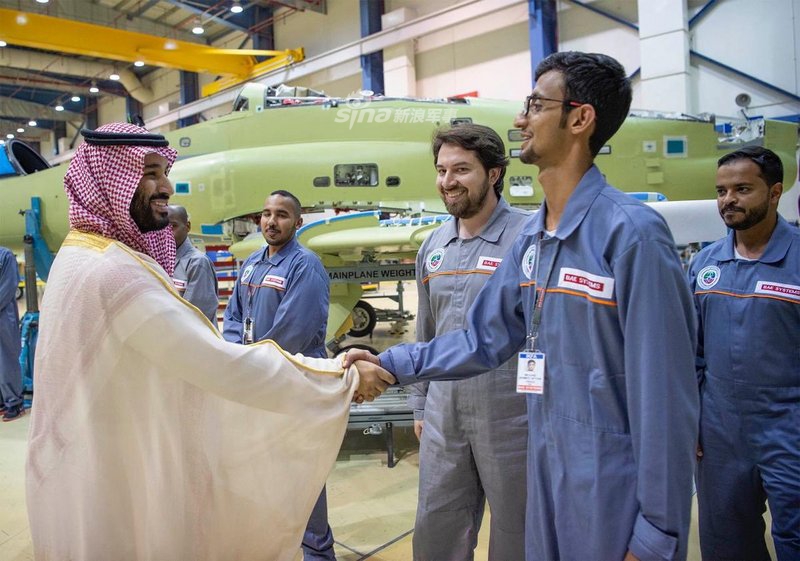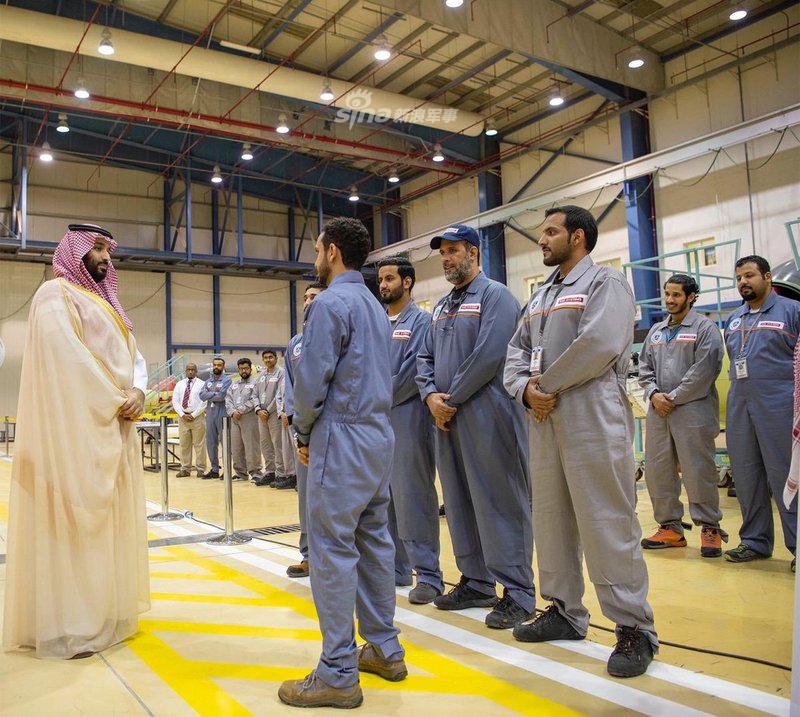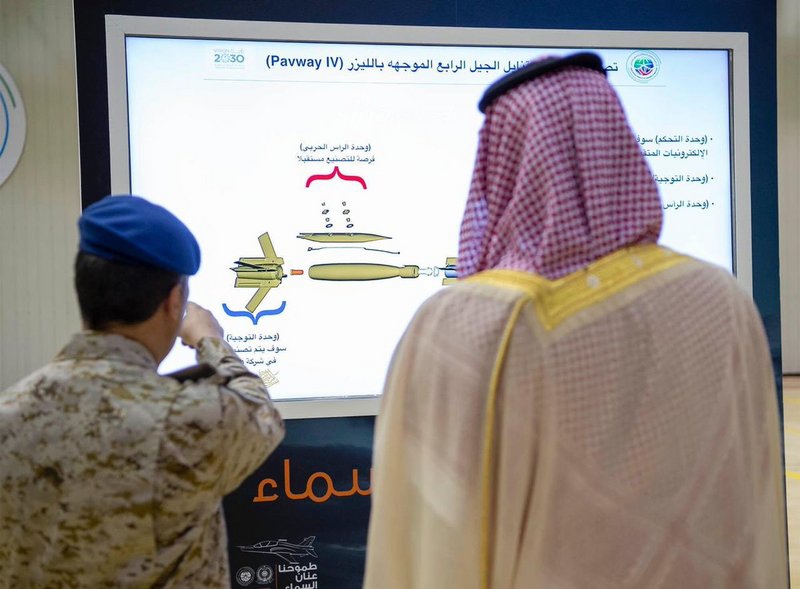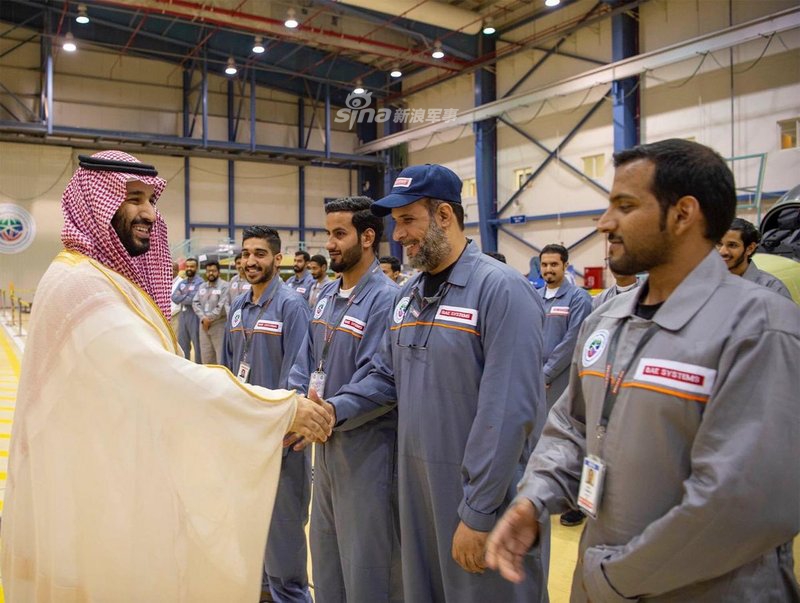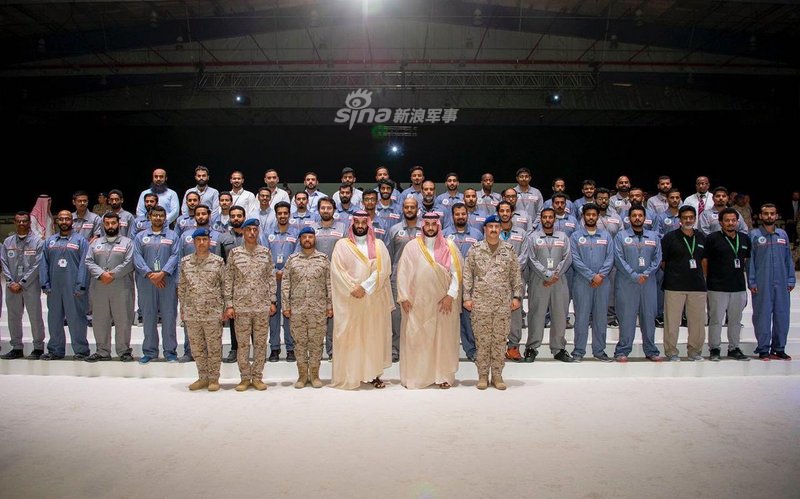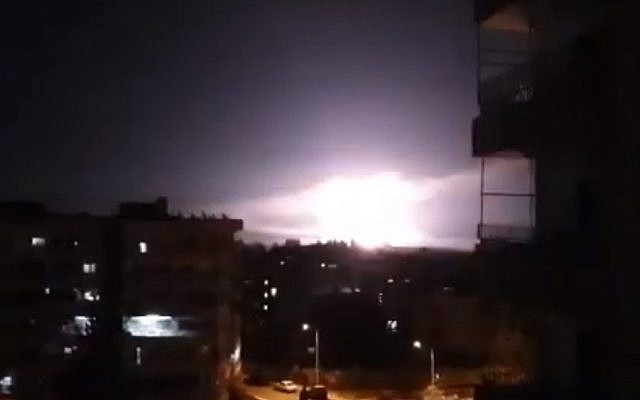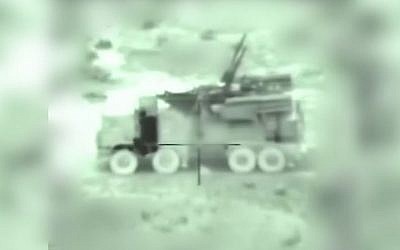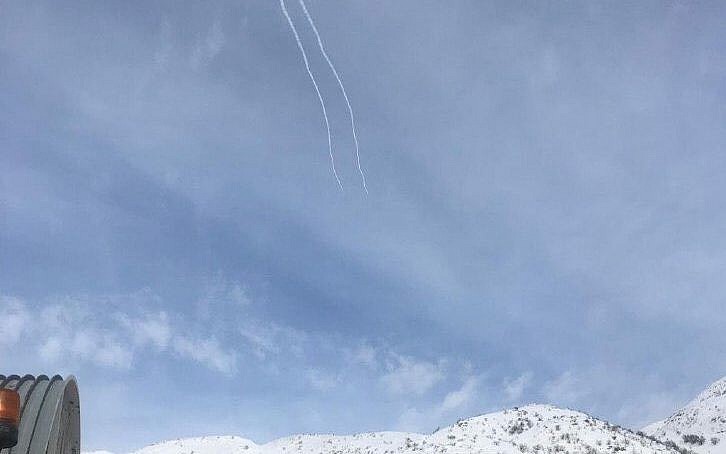- Joined
- Nov 29, 2016
- Messages
- 5,674
- Points
- 63
http://slide.mil.news.sina.com.cn/k/slide_8_326_71335.html#p=1
王储很高兴!沙特国内组装首架鹰式教练机终于下线
支持 键翻阅图片 列表查看
全屏观看
2019.04.09 17:08:32
1 / 14
2019年4月1日,沙特阿拉伯王储默罕默德·本·萨勒曼在沙特参加阿勒首架沙特制造的鹰式教练机的展示仪式。该机是沙特境内组装的首架鹰式MK165飞机,也是沙特为数不多能在本国组装制造的战斗机。
王储很高兴!沙特国内组装首架鹰式教练机终于下线
支持 键翻阅图片 列表查看
全屏观看
2019.04.09 17:08:32
2019年4月1日,沙特阿拉伯王储默罕默德·本·萨勒曼在沙特参加阿勒首架沙特制造的鹰式教练机的展示仪式。该机是沙特境内组装的首架鹰式MK165飞机,也是沙特为数不多能在本国组装制造的战斗机。
王储很高兴!沙特国内组装首架鹰式教练机终于下线
支持 键翻阅图片 列表查看
全屏观看
2019.04.09 17:08:32
2019年4月1日,沙特阿拉伯王储默罕默德·本·萨勒曼在沙特参加阿勒首架沙特制造的鹰式教练机的展示仪式。该机是沙特境内组装的首架鹰式MK165飞机,也是沙特为数不多能在本国组装制造的战斗机。
王储很高兴!沙特国内组装首架鹰式教练机终于下线
支持 键翻阅图片 列表查看
全屏观看
2019.04.09 17:08:32
2019年4月1日,沙特阿拉伯王储默罕默德·本·萨勒曼在沙特参加阿勒首架沙特制造的鹰式教练机的展示仪式。该机是沙特境内组装的首架鹰式MK165飞机,也是沙特为数不多能在本国组装制造的战斗机。
王储很高兴!沙特国内组装首架鹰式教练机终于下线
支持 键翻阅图片 列表查看
全屏观看
2019.04.09 17:08:32
5 / 14
2019年4月1日,沙特阿拉伯王储默罕默德·本·萨勒曼在沙特参加阿勒首架沙特制造的鹰式教练机的展示仪式。该机是沙特境内组装的首架鹰式MK165飞机,也是沙特为数不多能在本国组装制造的战斗机。
王储很高兴!沙特国内组装首架鹰式教练机终于下线
支持 键翻阅图片 列表查看
全屏观看
2019.04.09 17:08:32
6 / 14
2019年4月1日,沙特阿拉伯王储默罕默德·本·萨勒曼在沙特参加阿勒首架沙特制造的鹰式教练机的展示仪式。该机是沙特境内组装的首架鹰式MK165飞机,也是沙特为数不多能在本国组装制造的战斗机。
王储很高兴!沙特国内组装首架鹰式教练机终于下线
支持 键翻阅图片 列表查看
全屏观看
2019.04.09 17:08:32
7 / 14
2019年4月1日,沙特阿拉伯王储默罕默德·本·萨勒曼在沙特参加阿勒首架沙特制造的鹰式教练机的展示仪式。该机是沙特境内组装的首架鹰式MK165飞机,也是沙特为数不多能在本国组装制造的战斗机。
golden escalator is happy and I guess everyone in this photo will receive US$1000 Ang Pao minimum!
Http://slide.mil.news.sina.com.cn/k/slide_8_326_71335.html#p=1
The Crown Prince is very happy! Saudi Arabia assembled the first eagle trainer and finally got off the assembly line.
Support button flip through pictures list view
Full screen view
2019.04.09 17:08:32
1 / 14
On April 1, 2019, the Saudi Arabian Crown Prince Mohamed bin Salman attended the exhibition ceremony of the Eagle-type trainer made by Saudi Arabia in Saudi Arabia. The aircraft is the first Eagle MK165 aircraft assembled in Saudi Arabia, and it is one of the few fighters that Saudi Arabia can assemble and manufacture in the country.
The Crown Prince is very happy! Saudi Arabia assembled the first eagle trainer and finally got off the assembly line.
Support button flip through pictures list view
Full screen view
2019.04.09 17:08:32
2 / 14
On April 1, 2019, the Saudi Arabian Crown Prince Mohamed bin Salman attended the exhibition ceremony of the Eagle-type trainer made by Saudi Arabia in Saudi Arabia. The aircraft is the first Eagle MK165 aircraft assembled in Saudi Arabia, and it is one of the few fighters that Saudi Arabia can assemble and manufacture in the country.
The Crown Prince is very happy! Saudi Arabia assembled the first eagle trainer and finally got off the assembly line.
Support button flip through pictures list view
Full screen view
2019.04.09 17:08:32
3 / 14
On April 1, 2019, the Saudi Arabian Crown Prince Mohamed bin Salman attended the exhibition ceremony of the Eagle-type trainer made by Saudi Arabia in Saudi Arabia. The aircraft is the first Eagle MK165 aircraft assembled in Saudi Arabia, and it is one of the few fighters that Saudi Arabia can assemble and manufacture in the country.
The Crown Prince is very happy! Saudi Arabia assembled the first eagle trainer and finally got off the assembly line.
Support button flip through pictures list view
Full screen view
2019.04.09 17:08:32
4 / 14
On April 1, 2019, the Saudi Arabian Crown Prince Mohamed bin Salman attended the exhibition ceremony of the Eagle-type trainer made by Saudi Arabia in Saudi Arabia. The aircraft is the first Eagle MK165 aircraft assembled in Saudi Arabia, and it is one of the few fighters that Saudi Arabia can assemble and manufacture in the country.
The Crown Prince is very happy! Saudi Arabia assembled the first eagle trainer and finally got off the assembly line.
Support button flip through pictures list view
Full screen view
2019.04.09 17:08:32
5 / 14
On April 1, 2019, the Saudi Arabian Crown Prince Mohamed bin Salman attended the exhibition ceremony of the Eagle-type trainer made by Saudi Arabia in Saudi Arabia. The aircraft is the first Eagle MK165 aircraft assembled in Saudi Arabia, and it is one of the few fighters that Saudi Arabia can assemble and manufacture in the country.
The Crown Prince is very happy! Saudi Arabia assembled the first eagle trainer and finally got off the assembly line.
Support button flip through pictures list view
Full screen view
2019.04.09 17:08:32
6 / 14
On April 1, 2019, the Saudi Arabian Crown Prince Mohamed bin Salman attended the exhibition ceremony of the Eagle-type trainer made by Saudi Arabia in Saudi Arabia. The aircraft is the first Eagle MK165 aircraft assembled in Saudi Arabia, and it is one of the few fighters that Saudi Arabia can assemble and manufacture in the country.
The Crown Prince is very happy! Saudi Arabia assembled the first eagle trainer and finally got off the assembly line.
Support button flip through pictures list view
Full screen view
2019.04.09 17:08:32
7 / 14
On April 1, 2019, the Saudi Arabian Crown Prince Mohamed bin Salman attended the exhibition ceremony of the Eagle-type trainer made by Saudi Arabia in Saudi Arabia. The aircraft is the first Eagle MK165 aircraft assembled in Saudi Arabia, and it is one of the few fighters that Saudi Arabia can assemble and manufacture in the country.
王储很高兴!沙特国内组装首架鹰式教练机终于下线
支持 键翻阅图片 列表查看
全屏观看
2019.04.09 17:08:32
1 / 14
2019年4月1日,沙特阿拉伯王储默罕默德·本·萨勒曼在沙特参加阿勒首架沙特制造的鹰式教练机的展示仪式。该机是沙特境内组装的首架鹰式MK165飞机,也是沙特为数不多能在本国组装制造的战斗机。
王储很高兴!沙特国内组装首架鹰式教练机终于下线
支持 键翻阅图片 列表查看
全屏观看
2019.04.09 17:08:32
2019年4月1日,沙特阿拉伯王储默罕默德·本·萨勒曼在沙特参加阿勒首架沙特制造的鹰式教练机的展示仪式。该机是沙特境内组装的首架鹰式MK165飞机,也是沙特为数不多能在本国组装制造的战斗机。
王储很高兴!沙特国内组装首架鹰式教练机终于下线
支持 键翻阅图片 列表查看
全屏观看
2019.04.09 17:08:32
2019年4月1日,沙特阿拉伯王储默罕默德·本·萨勒曼在沙特参加阿勒首架沙特制造的鹰式教练机的展示仪式。该机是沙特境内组装的首架鹰式MK165飞机,也是沙特为数不多能在本国组装制造的战斗机。
王储很高兴!沙特国内组装首架鹰式教练机终于下线
支持 键翻阅图片 列表查看
全屏观看
2019.04.09 17:08:32
2019年4月1日,沙特阿拉伯王储默罕默德·本·萨勒曼在沙特参加阿勒首架沙特制造的鹰式教练机的展示仪式。该机是沙特境内组装的首架鹰式MK165飞机,也是沙特为数不多能在本国组装制造的战斗机。
王储很高兴!沙特国内组装首架鹰式教练机终于下线
支持 键翻阅图片 列表查看
全屏观看
2019.04.09 17:08:32
5 / 14
2019年4月1日,沙特阿拉伯王储默罕默德·本·萨勒曼在沙特参加阿勒首架沙特制造的鹰式教练机的展示仪式。该机是沙特境内组装的首架鹰式MK165飞机,也是沙特为数不多能在本国组装制造的战斗机。
王储很高兴!沙特国内组装首架鹰式教练机终于下线
支持 键翻阅图片 列表查看
全屏观看
2019.04.09 17:08:32
6 / 14
2019年4月1日,沙特阿拉伯王储默罕默德·本·萨勒曼在沙特参加阿勒首架沙特制造的鹰式教练机的展示仪式。该机是沙特境内组装的首架鹰式MK165飞机,也是沙特为数不多能在本国组装制造的战斗机。
王储很高兴!沙特国内组装首架鹰式教练机终于下线
支持 键翻阅图片 列表查看
全屏观看
2019.04.09 17:08:32
7 / 14
2019年4月1日,沙特阿拉伯王储默罕默德·本·萨勒曼在沙特参加阿勒首架沙特制造的鹰式教练机的展示仪式。该机是沙特境内组装的首架鹰式MK165飞机,也是沙特为数不多能在本国组装制造的战斗机。
golden escalator is happy and I guess everyone in this photo will receive US$1000 Ang Pao minimum!
Http://slide.mil.news.sina.com.cn/k/slide_8_326_71335.html#p=1
The Crown Prince is very happy! Saudi Arabia assembled the first eagle trainer and finally got off the assembly line.
Support button flip through pictures list view
Full screen view
2019.04.09 17:08:32
1 / 14
On April 1, 2019, the Saudi Arabian Crown Prince Mohamed bin Salman attended the exhibition ceremony of the Eagle-type trainer made by Saudi Arabia in Saudi Arabia. The aircraft is the first Eagle MK165 aircraft assembled in Saudi Arabia, and it is one of the few fighters that Saudi Arabia can assemble and manufacture in the country.
The Crown Prince is very happy! Saudi Arabia assembled the first eagle trainer and finally got off the assembly line.
Support button flip through pictures list view
Full screen view
2019.04.09 17:08:32
2 / 14
On April 1, 2019, the Saudi Arabian Crown Prince Mohamed bin Salman attended the exhibition ceremony of the Eagle-type trainer made by Saudi Arabia in Saudi Arabia. The aircraft is the first Eagle MK165 aircraft assembled in Saudi Arabia, and it is one of the few fighters that Saudi Arabia can assemble and manufacture in the country.
The Crown Prince is very happy! Saudi Arabia assembled the first eagle trainer and finally got off the assembly line.
Support button flip through pictures list view
Full screen view
2019.04.09 17:08:32
3 / 14
On April 1, 2019, the Saudi Arabian Crown Prince Mohamed bin Salman attended the exhibition ceremony of the Eagle-type trainer made by Saudi Arabia in Saudi Arabia. The aircraft is the first Eagle MK165 aircraft assembled in Saudi Arabia, and it is one of the few fighters that Saudi Arabia can assemble and manufacture in the country.
The Crown Prince is very happy! Saudi Arabia assembled the first eagle trainer and finally got off the assembly line.
Support button flip through pictures list view
Full screen view
2019.04.09 17:08:32
4 / 14
On April 1, 2019, the Saudi Arabian Crown Prince Mohamed bin Salman attended the exhibition ceremony of the Eagle-type trainer made by Saudi Arabia in Saudi Arabia. The aircraft is the first Eagle MK165 aircraft assembled in Saudi Arabia, and it is one of the few fighters that Saudi Arabia can assemble and manufacture in the country.
The Crown Prince is very happy! Saudi Arabia assembled the first eagle trainer and finally got off the assembly line.
Support button flip through pictures list view
Full screen view
2019.04.09 17:08:32
5 / 14
On April 1, 2019, the Saudi Arabian Crown Prince Mohamed bin Salman attended the exhibition ceremony of the Eagle-type trainer made by Saudi Arabia in Saudi Arabia. The aircraft is the first Eagle MK165 aircraft assembled in Saudi Arabia, and it is one of the few fighters that Saudi Arabia can assemble and manufacture in the country.
The Crown Prince is very happy! Saudi Arabia assembled the first eagle trainer and finally got off the assembly line.
Support button flip through pictures list view
Full screen view
2019.04.09 17:08:32
6 / 14
On April 1, 2019, the Saudi Arabian Crown Prince Mohamed bin Salman attended the exhibition ceremony of the Eagle-type trainer made by Saudi Arabia in Saudi Arabia. The aircraft is the first Eagle MK165 aircraft assembled in Saudi Arabia, and it is one of the few fighters that Saudi Arabia can assemble and manufacture in the country.
The Crown Prince is very happy! Saudi Arabia assembled the first eagle trainer and finally got off the assembly line.
Support button flip through pictures list view
Full screen view
2019.04.09 17:08:32
7 / 14
On April 1, 2019, the Saudi Arabian Crown Prince Mohamed bin Salman attended the exhibition ceremony of the Eagle-type trainer made by Saudi Arabia in Saudi Arabia. The aircraft is the first Eagle MK165 aircraft assembled in Saudi Arabia, and it is one of the few fighters that Saudi Arabia can assemble and manufacture in the country.

